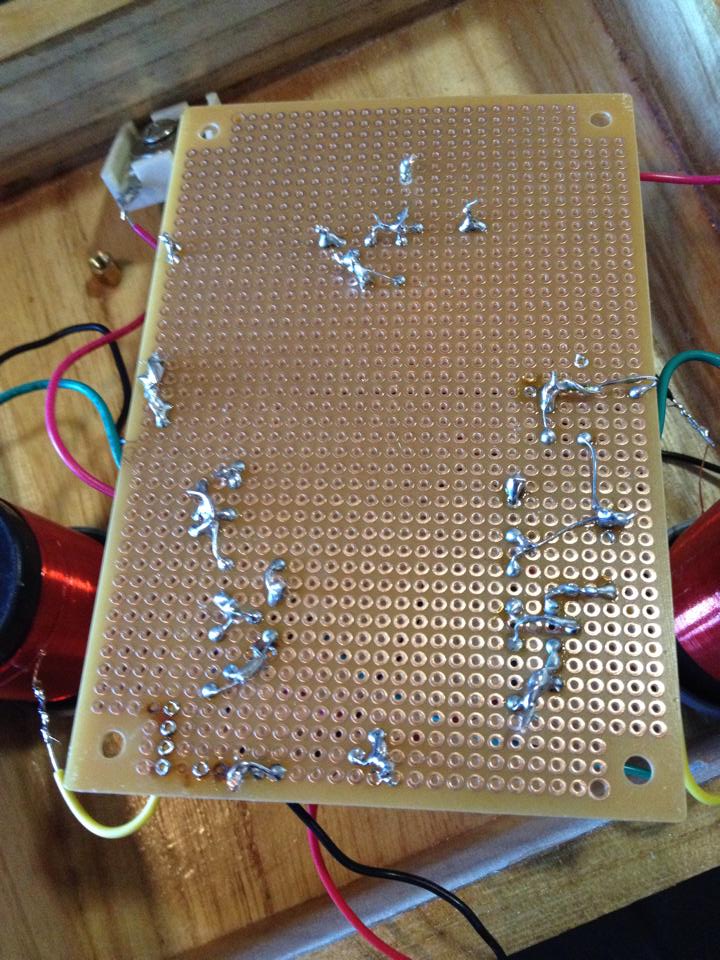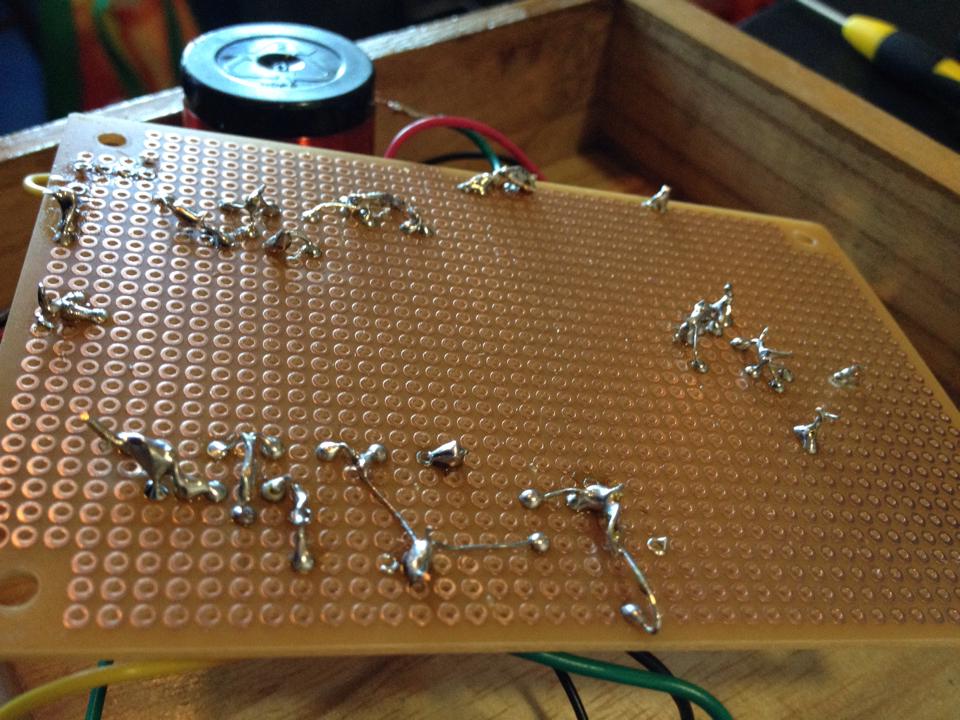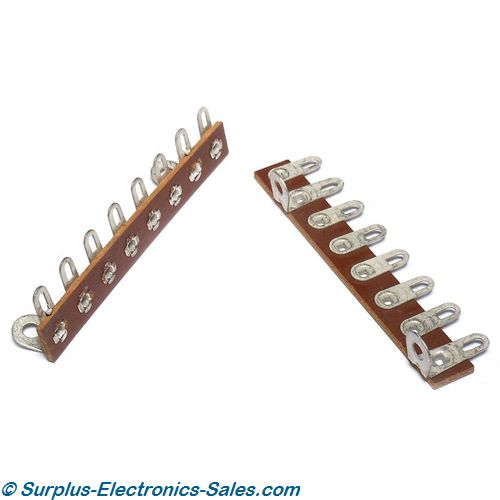I just finished the Caglayan Tiny Theremin, and am about to embark on building a Thierrymin next...
but first, I'd like to trouble shoot the Tiny Theremin to get it working better, and I would love any thoughts or advice you folks would be kind enough to offer!
It currently makes sound... huzzah! (I doubted my ability and was afraid it wouldn't make any sound) but the pitch antenna does not seem to offer any control at all. I succeeded in making a lovely little device that makes one long note. I can change the pitch by turning the screw in the variable capacitor... but I cannot change the pitch using the antenna. Any ideas on what needs attention?
Once I get the antenna working on this little guy, I'll move onto building the Thierrymin, then to the PAiA and then to the Etherwave. But first this. One thing at a time.
Here is the schematic :
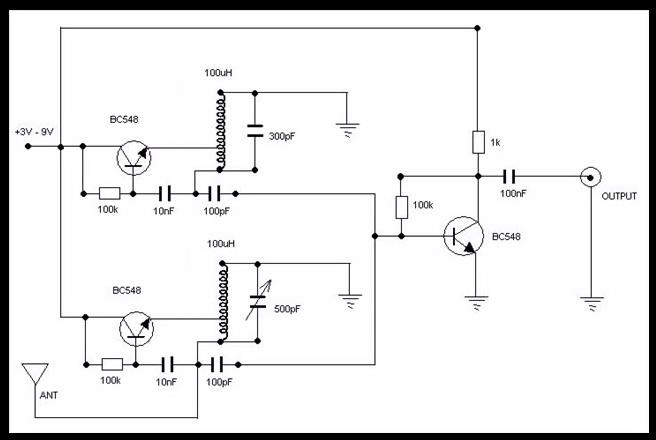
To start out, I was in search of the most pared down simple schematics out there, so that I could better understand the fundemental principles before moving on to more complexity.
Here is the video by Chris Caglayan where I found the schematic.
This is a little demonstration that he does with his build:
Here are the homemade coils (100 winds of 29 gauge magnet wire around film cannisters, tapped at the 20th turn).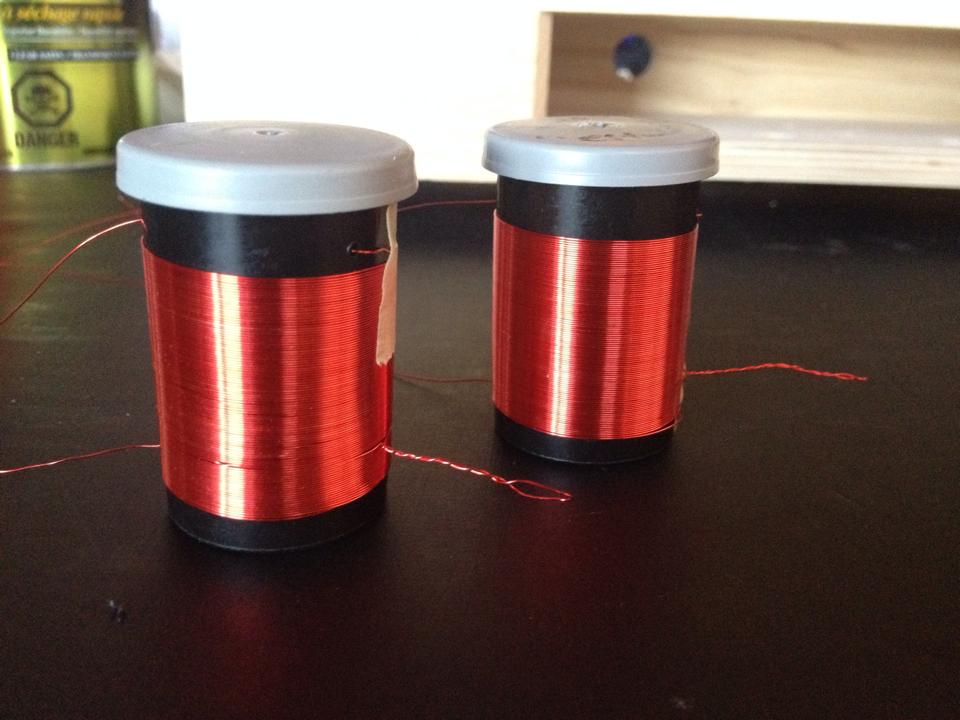
I later dipped them in varnish and removed the masking tape, and dipped a 2nd time in the varnish.
Here is my finished circuit, built on perf board, not strip board:
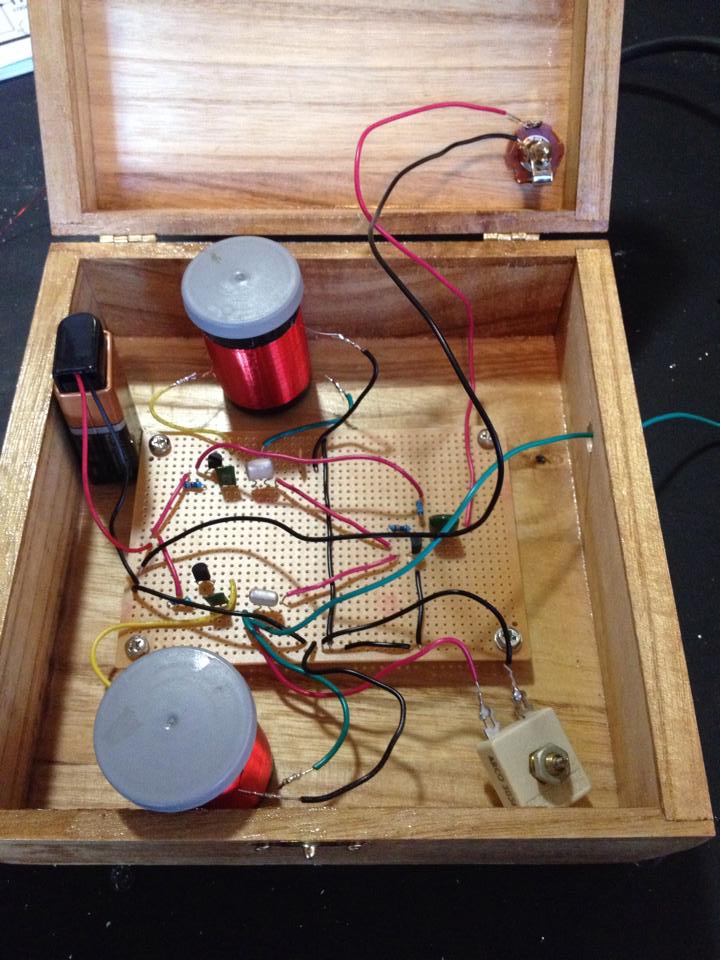
Here is a wider view:
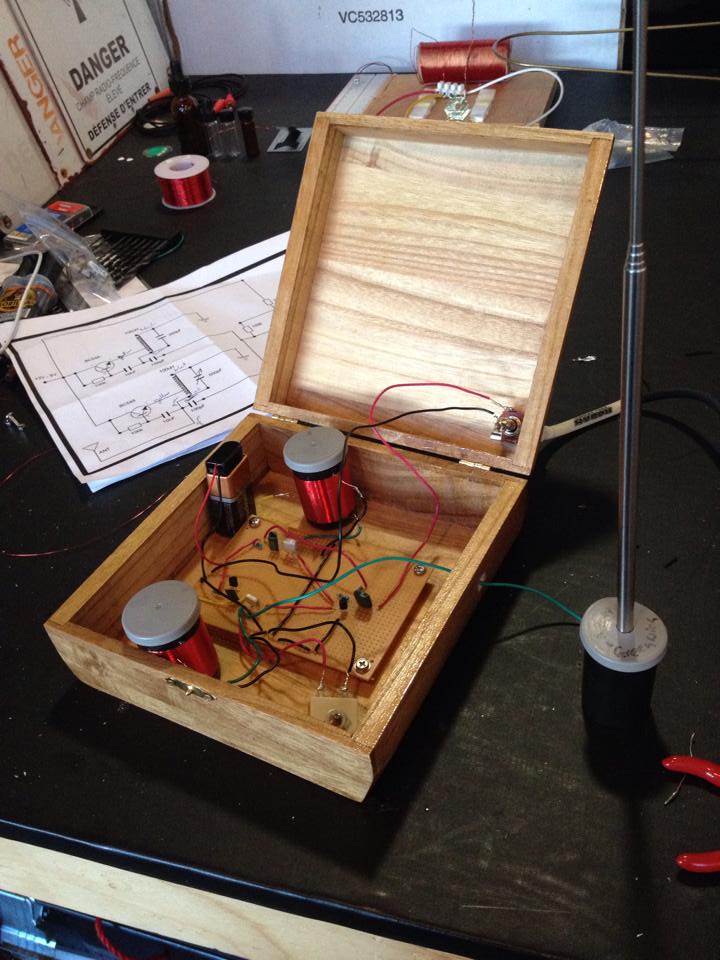
(the antenna is on the outside, because it wouldn't fit inside the box, and I want to be able to open and close the box... I'm still working on a better solution)
Here it is all closed up and plugged in:
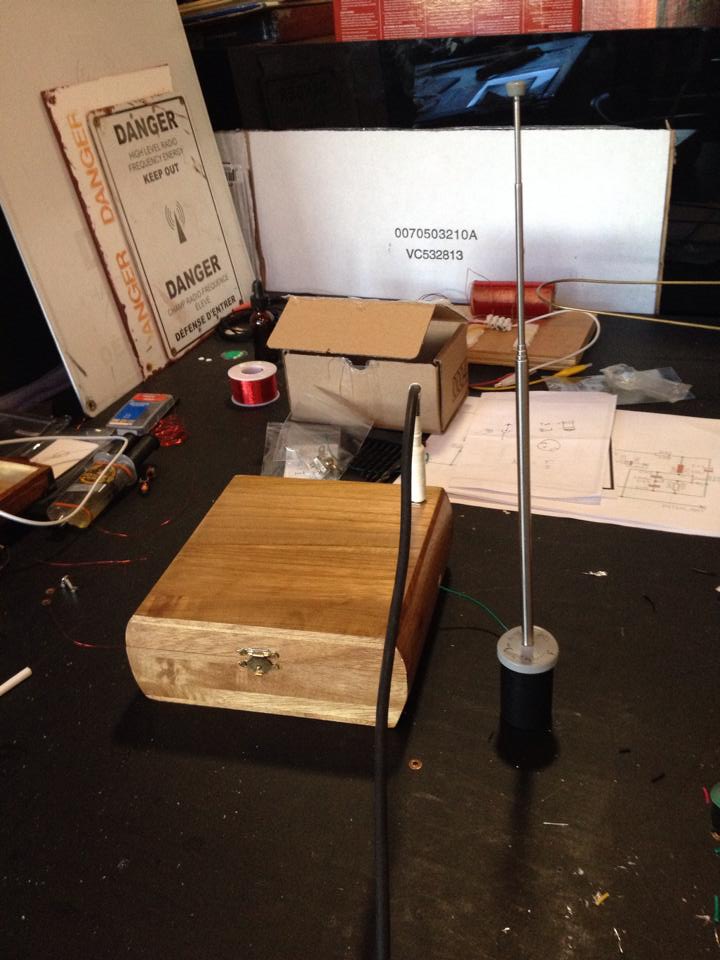
Any ideas on where I should start looking and tweaking to get actual response from the antenna?
Any suggestions and advice is very much appreciated!



